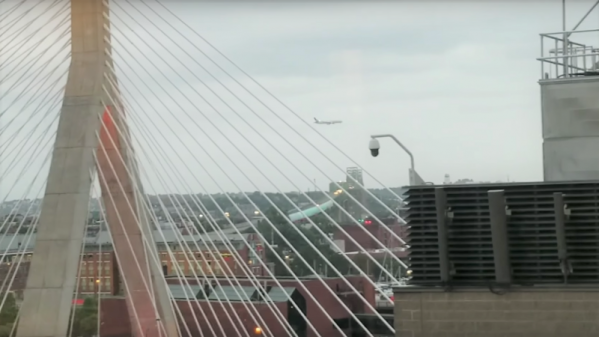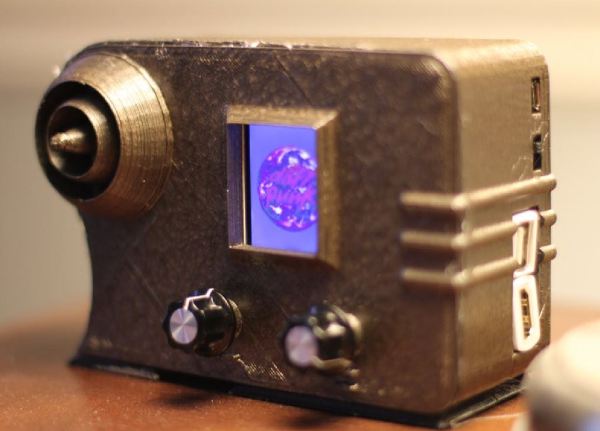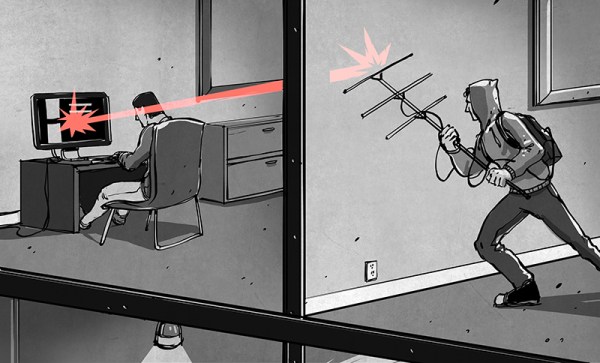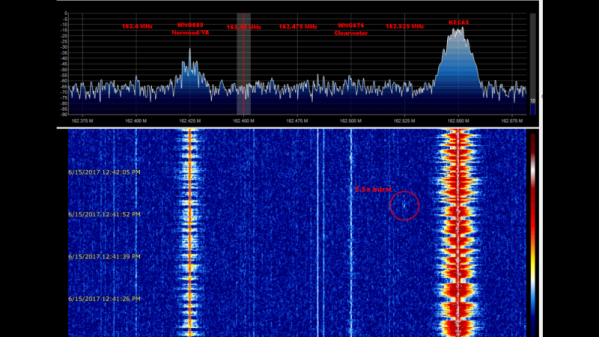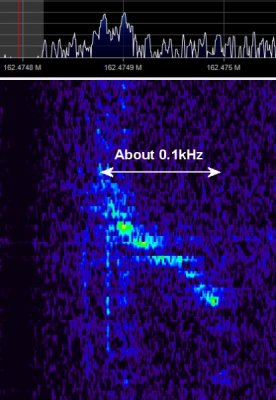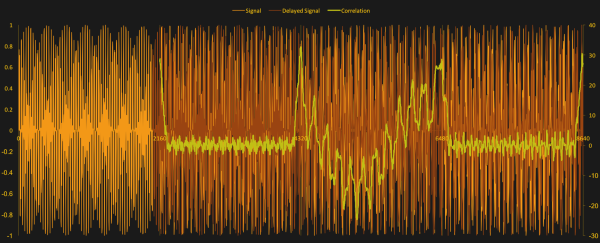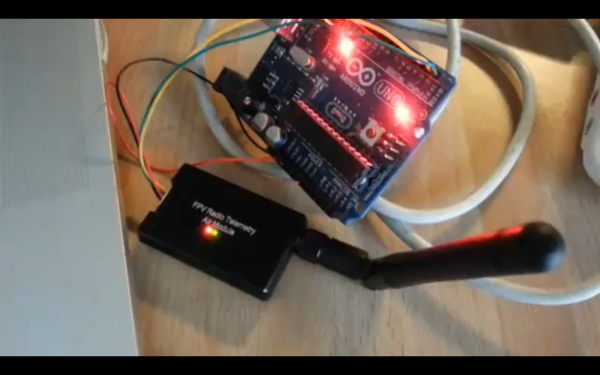If you are tired of constantly having to worry about the state of the battery in your mobile phone, then maybe help is at hand courtesy of the University of Washington. They are reporting the first-ever battery free cell phone, able to make calls by scavenging ambient power. An impressive achievement, and one about which we’d all like to know more.
On closer examination though, the story is revealed as not quite what it claims to be. It’s still a very impressive achievement, but instead of a cell phone with which you can make calls through the public cell network, it’s more of a remote handset for a custom base station through which it can place Skype calls. Sadly the paper itself is hidden behind a journal publisher’s paywall, so we’re left to poke underneath the research group’s slightly baffling decision to use the word “Cellphone” for something that plainly isn’t, and the university PR department’s dumbing-down for the masses. Aren’t peer reviewers supposed to catch misleading descriptions as well as dodgy science?
In radio terms, it’s an analog AM two-way radio that uses a backscatter transmission technique of applying the modulation as switching to an absorbing antenna tuned to the RF source whose ambient energy is being utilized. This modulates the ambient field within the range of the device, and resulting modulated field can be received and demodulated like any other radio signal. It’s a simplex device, in that you can’t listen and talk at the same time. Other ambient power used by the circuitry is harvested by rectifying received RF and through capturing ambient light on a set of photodiodes. There is a short video explaining the system, which we’ve placed below the break.
Continue reading “At Last, (Almost) A Cellphone With No Batteries!”


